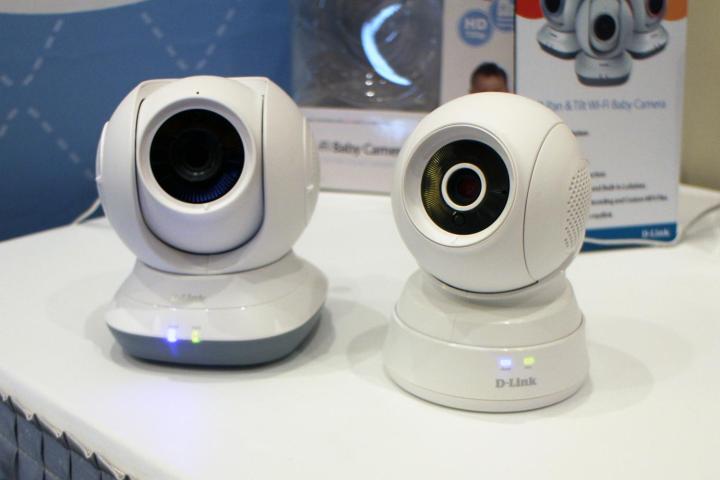
Discovered by researchers at Lancaster University, the results of their “Using Channel State Information for Tamper Detection in the Internet of Things,” has major security implications. As more technology is connected to our networks wirelessly, it doesn’t need to be placed in locations that are as easy to reach, or within sight. That often means the devices aren’t checked as easily or as often, which can actually make tampering with devices easier, and more difficult for the owner to notice. This new research could solve that problem by making Wi-Fi itself a sort of security net.
The change in a Wi-Fi signal requires monitoring multiple receivers to detect differences in the type of wireless signal they receive, but once in place, it becomes quite easy to notice what the researchers called Channel State Information interference. Detecting these sorts of issues can even be handled automatically, which is great because it can also differentiate between noise and disruption caused by environmental factors like weather, only alerting someone if a device has been tampered with.
The results of the study suggest that these sorts of fluctuations can be used to detect people messing with Wi-Fi transmitting hardware. Considering it can also detect people walking nearby, it could be used to track foot traffic in lieu of more traditional cameras, (according to ScienceDaily).
This will become even more useful in years to come as more Internet-Of-Things devices are enabled and allowed to operate autonomously. Without a system like this, knowing whether someone has made changes to a device that could affect security of user data or physical assets can be difficult, if not possible.
Editors' Recommendations
- How to change your router’s Wi-Fi password
- How to get Wi-Fi access anywhere at any time
- What is Wi-Fi 7: Everything you need to know about 802.11be
- This Wi-Fi security flaw could let drones track devices through walls
- Google Nest Wi-Fi Pro adds Wi-Fi 6E but loses compatibility




